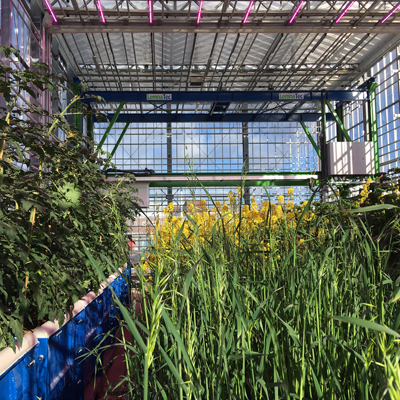At a glance
- DatesEstablished in 1981, the model has been continuously improved
- SponsorAgricultural Research Council - now Biotechnology and Biological Sciences Research Council (BBSRC)
- FundedN/A
- PartnersN/A
The Silsoe Whole Farm Model is a linear programming model of a farm. It is used by farmers and decision makers to understand how cropping, labour and machinery can be optimised to offer long-term profit and reduce environmental burdens.
It is also ideal for examining the effect of changes on a farm. For example, it is possible to investigate how a change to crop gross margins might impact the viability of current farm processes, or how the planting of new crops, or the use of new techniques might affect profits and the environment.
The model has been developed over a number of years and now has a comprehensive database, which covers most crops grown in the UK. Simply by selecting the crops and optimising, a user can obtain an optimal work plan. However, users will normally wish to examine the data and adjust it to describe their own conditions better. Every item of data can be changed, though this is likely to be unnecessary.
Progress update
The continual development of the Silsoe Farm model has over the years, offered multiple insights to farmers which can be implemented in practice. The model is available for release. Please contact Daniel Sandars.
This research model answers the practical questions many farmers have about their land:
- How can I maximise profit?
- How can I reduce my environmental burdens and meet legislative requirements?
- Prices for wheat have gone down – would I be better off farming a different crop this year?
- What effect will it have on my profit levels if use a different technique?


